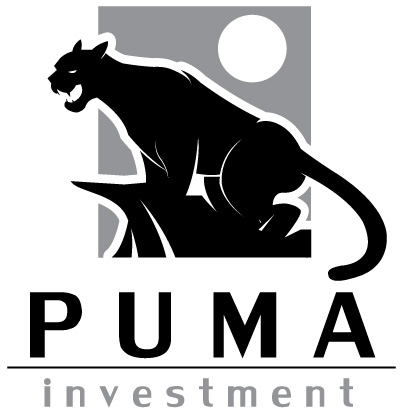How to Invest $100,000 in Self-Storage: Investors Guide
Investing in self-storage units is turning out to be one of the smartest ways of generating long-term passive income. In addition to offering a more stable form of investment, self-storage units tend to be more resistant to recession, supplemented by higher returns. Lower breakeven occupancy rates and low maintenance costs should excite any investor in search of optimum returns.
Investing $100,000 in self-storage units is a sure way of securing long-term dividends without having to break the bank of time or money. Backed by low overhead costs, these form investments come with potentially high income. Additionally, they don’t have the headaches that rental apartments or housing comes with.
While $100,000 might not seem much, it is more than enough for anyone looking to start a self-storage operation in preparation for further expansion in the future. The optimum way to invest this amount is first to understand the market, focusing on what is needed and the competition.
Additionally, $100,000 can turn out to be more than enough when invested through real estate syndicates. Commercial syndicates offer an ideal way of investing in self-storage facilities by saving one the time and hassles of valuations, budgeting, and inspections, among other regulatory requirements.
Syndicate managers are usually tasked with identifying ideal projects that have the potential to generate long-term value. The managers then use the capital pooled by investors to buy, operate, and manage properties such as self-storage facilities.
A syndicate stands out as it allows one to have a passive role while still being able to generate passive income from the properties invested in. In addition, they offer a great deal of diversification given the wide array of properties in which funds are usually invested.
Why invest in Self Storage
Investing in self-storage facilities offers an ideal way of diversifying an investment portfolio. It is especially suitable for investors focused on gaining exposure in the real estate industry. Additionally, self-storage facilities are low capital intensive businesses for people who have a small amount of capital and wish to pursue opportunities around real estate.
Additionally, investing in storing goods and vehicles does not require substantial construction, thus less amount of capital is needed. The part-time management and low maintenance costs should excite any investor eyeing passive income at the lowest prices.
Let’s take a look at some of the best ways to invest $100,000 for long-term high returns in the self-storage space.
Developing a Self-Storage Facility
For investors looking for the thrill in the day-to-day running of a self-storage facility, developing the facility from scratch would be the way to go. An investment of $100,000 can go a long way in financing the development of a storage facility that can guarantee long-term passive income. With the right expertise and experience, $100,000 is more than enough to get an operation up and running.
Given the stiff competition in the burgeoning sector, it would be wise to develop a self-storage facility that stands out aesthetically. This is the only way one can fend off stiff competition and attract big dollars from customers.
Developing a modern storage facility only goes a long way in increasing the amount of money that one gets to charge for the rental spaces. Additionally, it increases the prospects of attracting more affluent clients likely to pay more than conventional customers. The more valuable the self-storage spaces, the higher the likelihood of generating much more, thus accrue more returns on the $100,000 investment.
While developing a self-storage facility from scratch, it is important to pay close watch to the underlying competition. Providing more than what the competition offers is a sure way of staying ahead of the pack to attract more customers. Additionally, it is important to design and develop the facilities in such a way that they offer tailored services for individual customers.
It is also important to be informed about local zoning details and municipality permits. Construction must adhere to set standards to avoid regulatory pressures. Paying close watch to costs and rate of return is also important if one is to accrue optimum returns from the $100,000 investment.
Buying a Self-Storage Facility
In addition to investing $100,000 in building a self-storage facility from scratch, purchasing an existing one is also an option. However, to generate sizeable returns over a short period, it is important to buy a proper facility that can fend off competition and attract the biggest clients.
The World Wide Web has made it easy to analyze some of the facilities up for grabs. There are websites that provide in-depth details of all the self-storage facilities up for sale. Some of these sites include SelfstorageInevsting.com and Neighbor.
While looking to purchase a storage facility, it is important to choose wisely. For starters, analyze the financial scenarios of the facility focusing on the operational and maintenance costs. Keep in mind that the caps rate is related to net operating income, which determines the rate of return on the facilities.
By coming together with other investors through real estate syndicates such as Puma Investment, you could also end up paying much less to buy a self-storage facility. The fact that syndicate managers have established relationships with mortgage brokers, accountants, lawyers, valuers, builders, and developers could also result in some cost savings of a kind along the way when buying a self-storage facility.
Bottom line
Investing in self-storage businesses or investment products is a sure way of generating long-term passive income. The investment needs less money than constructing a complete building as storage spaces are mostly basic constructions. Additionally, there are REITs that allow one to invest in storage spaces without owning anything, let alone taking part in the day to day operations.
